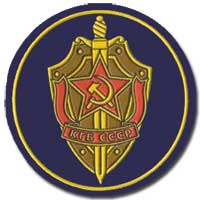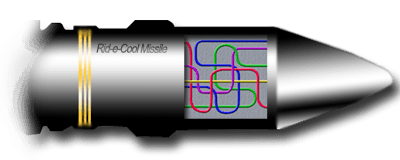The KGB History
|
The KGB history shows that the Soviet intelligence service and secret police Checka changed many names and functions before it transformed into the KGB. The various name changes of Cheka and their dates are given as follows,
|
  |
When Cheka was established in 1917, it was meant to be a temporary organization that Bolsheviks relied to consolidate their rule. It was to be abolished once Lenin had come to power.
Cheka was abolished after the civil war of 1918 to 1921. Its place was taken by State Political Directorate (GPU) in 1922. Joseph Stalin used the GPU for crushing his opponents.
In 1934 Stalin renamed it the People's Comissariat for Internal Affairs and gave it vast punitive powers. Because it was no longer under party rule, Stalin used it as a personal tool in oppressing his people during the Great Terror years of the 30s. The secret police was the most feared institution in the Stalinist years.
After the death of Stalin, the MVD abandoned extreme violence and was reorganized to form the KGB in March 1954. All of KGBs predecessors used terror as the means to control public dissent while using idealism to recruit agents in foreign countries.
The modernization and reform of KGB was more pronounced under the leadership of Yuri Andropov. He remained chairman from 1967 to 1982 and later became the general secretary of the Communist Party.
When Mikhail Gorbachev came to power in the 80s he made sweeping reforms in the KGB. As a result the KGB became less aggressive towards political dissidents and curtailed its struggle against foreign countries.
In august 1991, KGB Chairman Vladimir Kryuchkov led a failed coup against the government. It was the beginning of the end for KGB. This event and revelations about other activities, including the infiltration of Russian Orthodox Church, created popular demand for the reformation of KGB.
Russian president Boris Yeltsin split the organization after Soviet breakup. As a result five agencies were formed, each with a separate function. KGB officially ceased to exist on 6th November, 1991.
Go from KGB History to Secret Services
Go to Top Spy Secrets Homepage











New! Comments
Savvy spies can comment here... Just leave me a comment in the box below.